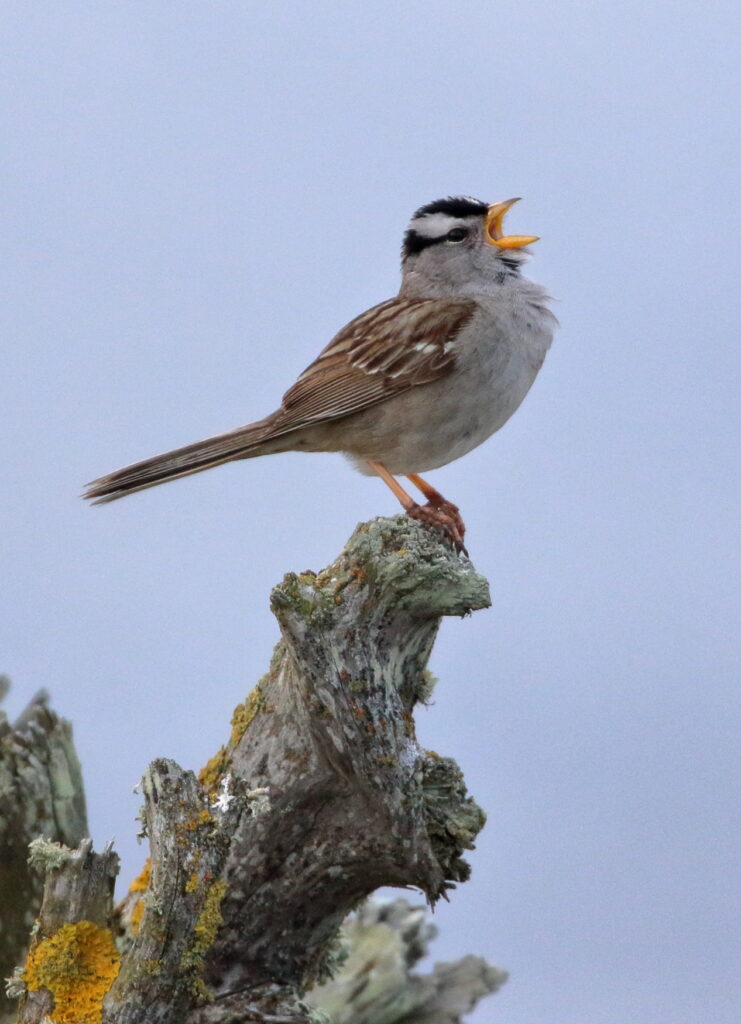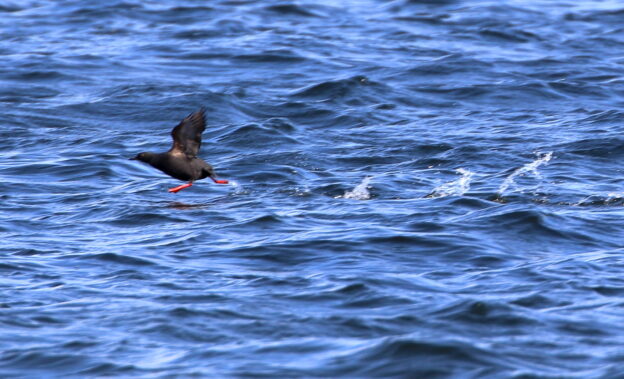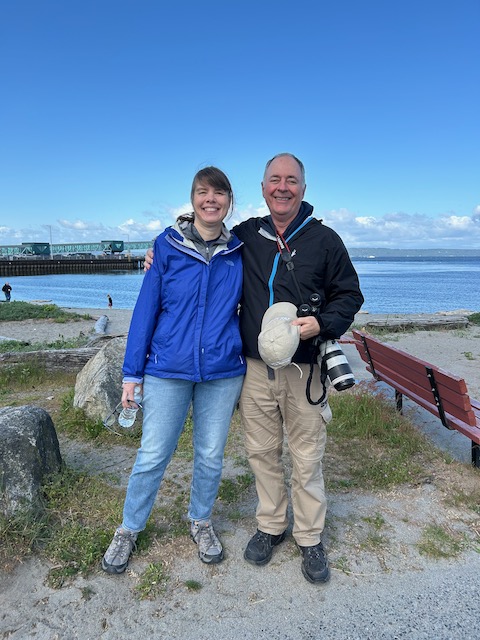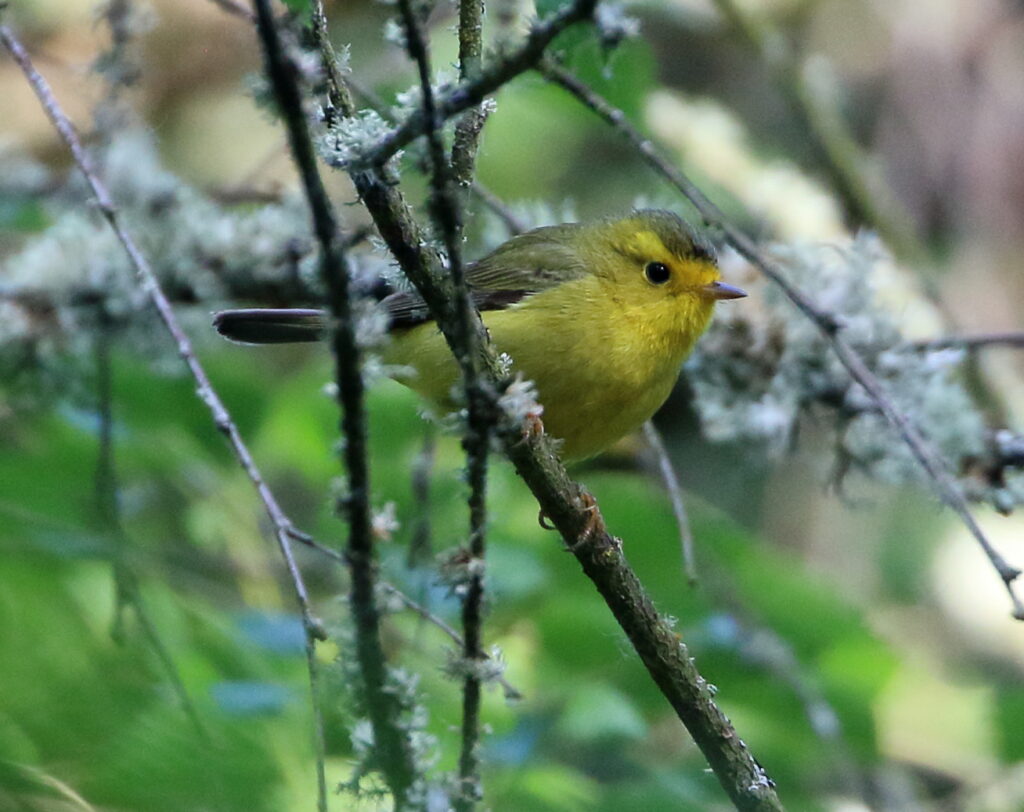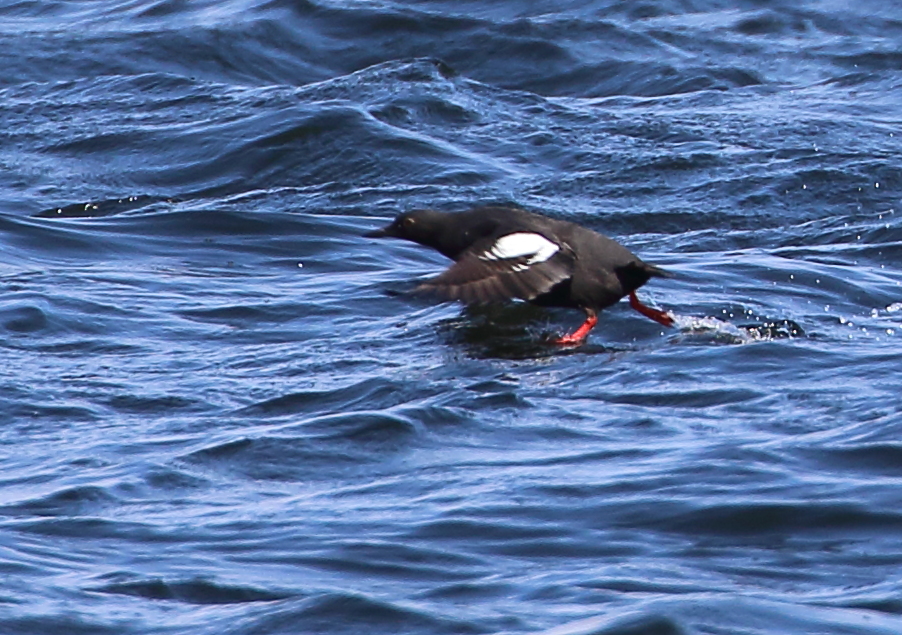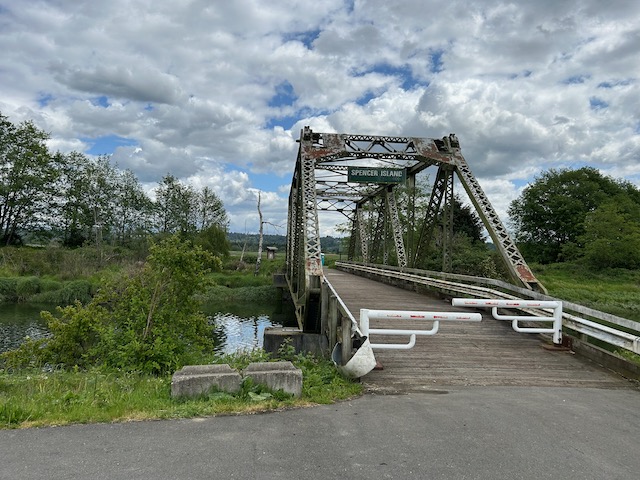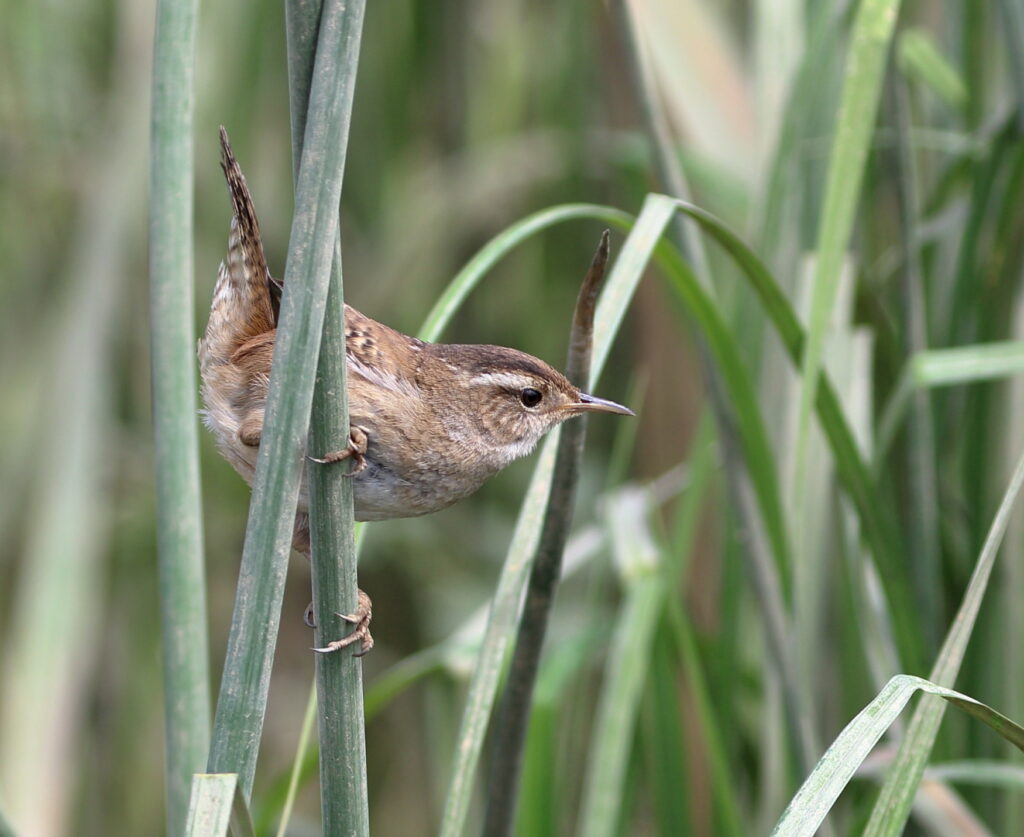Braden and I write FatherSonBirding in the hopes of sharing the wonders of birds and birding, and the urgency to protect them. We do not accept advertising or donations, but if you’d like to support our work, please consider buying *NEW* copies of some of Sneed’s books—First-Time Japan, for instance, or my forthcoming picture book for younger readers, Like No Other: Earth’s Coolest One-of-a-Kind Creatures, available for pre-order now. We appreciate your interest and hope you will keep reading!
In case you missed Wedding Birding Part I, click here!
Saturday was the long-anticipated wedding day of our friends, Jazz and Brad, but the Big Event wasn’t kicking off until 3:30 p.m. True to my recent trend, I awoke at 3:30 a.m. with ample time to hit the birding spot that I most looked forward to on the trip: March Point. Why? Because I thought it might offer my best opportunity to find both seabirds and shorebirds. Looking at a map, in fact, March Point looked like a wonderful, natural area and I was already envisioning pristine beaches and offshore waters loaded with birds. Imagine my surprise when I arrived at 6:00 a.m. to find that March Point is actually the site of a gigantic Marathon Petroleum refinery!
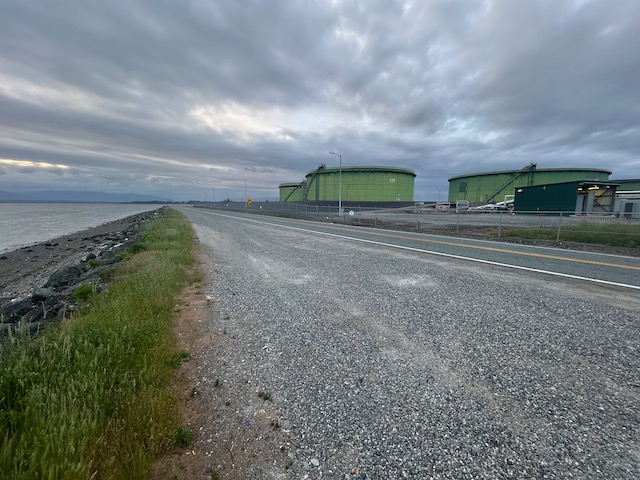
It was a cold, blustery morning, but undeterred, I pulled over and scanned the offshore waters. I spotted several groups of presumed Pelagic Cormorants, but precious little else on the waters or the shore. With some persistence, I did locate another Pigeon Guillemot out near the ginormous pier jutting out into Puget Sound, but it was slim pickins.
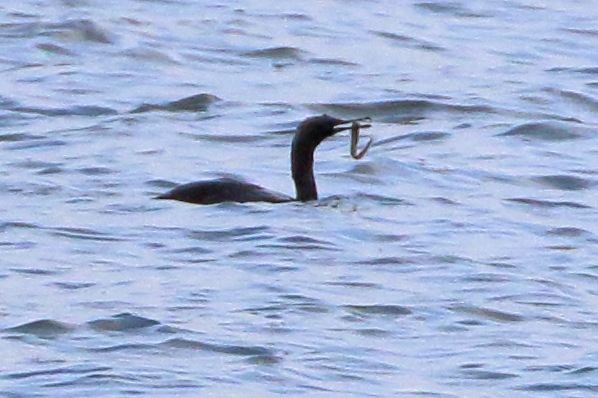
I kept driving, pulling over now and then to scan the shore—no doubt closely monitored by the refinery’s security team. Finally, at one pull-out, I spotted a bird near the top of my trip wish list: a Black Oystercatcher. I watched this magnificent bird from my car for several minutes before it flew off, leaving a smile on my face.
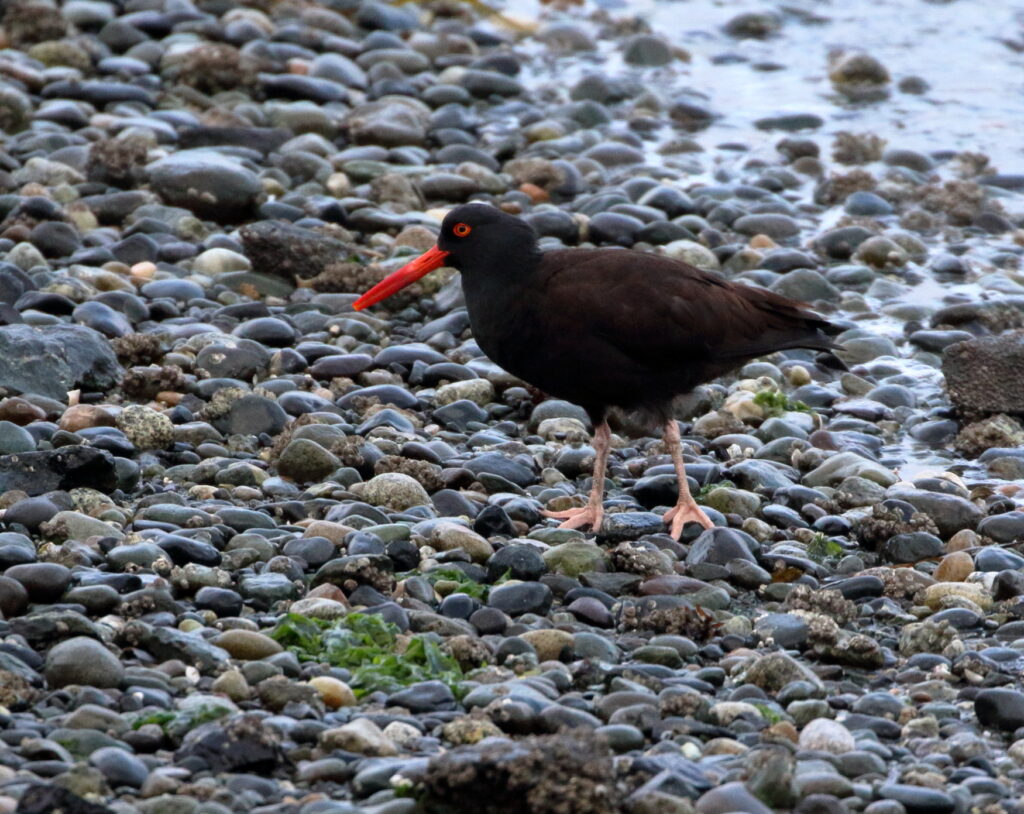
Turning around, I made my way back around immense oil storage tanks and stopped to study some Glaucous-winged X Western hybrid gulls. It took some research and a discussion with Braden to figure out exactly what these gulls were. Glaucous-winged Gulls are known for beautiful soft gray wings and wing tips, but all of the gulls I was seeing looked too dark—yet not dark enough to be Western Gulls. According to Braden, though, this part of Washington State was dead center in the transition zone between the two species, and accordingly, most of the birds were hybrids.
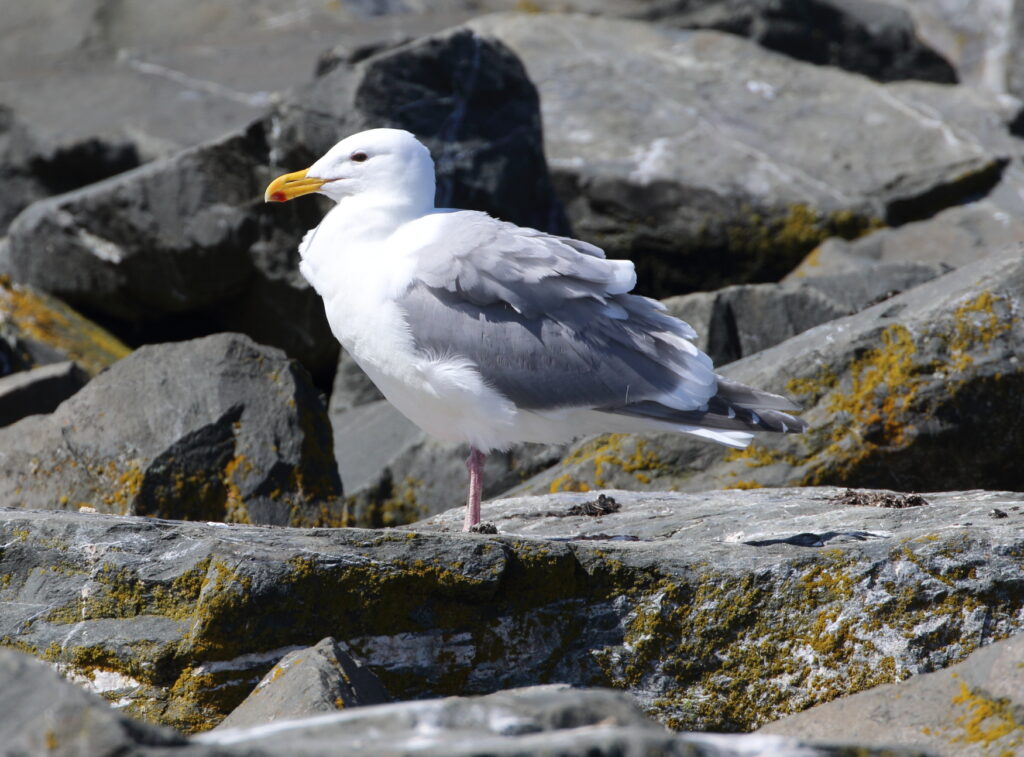
On my way back to the hotel, I stopped at Padilla Bay at the base of March Point for a nice visit with some warblers and swallows. There, I heard my year’s first Black-headed Grosbeak giving off its frenetic robin-like song. Then, it was back to Burlington to prepare for the wedding.
The wedding was a smash hit, full of love and music and joy. And never fear, dear readers, I did amass an eBird list of six species at the wedding venue, including the year’s first look at a Black-headed Grosbeak, singing in celebration of Jazz and Brad’s big day. Oh, and they (Jazz and Brad, not the grosbeaks) served Thai food at the wedding. How good is that???
Alas, the next day, we were due to return to Seattle for our flight home. Fortunately, we didn’t need to be at the airport until noon or one o’clock, leaving time for one last morning birding adventure. I really wasn’t sure where I should go. I wasn’t having much luck along the coast, and felt I’d seen most of the forest birds that interested me. But there were two more species I wanted to take a shot at: Black-throated Gray Warbler and Red-breasted Sapsucker.
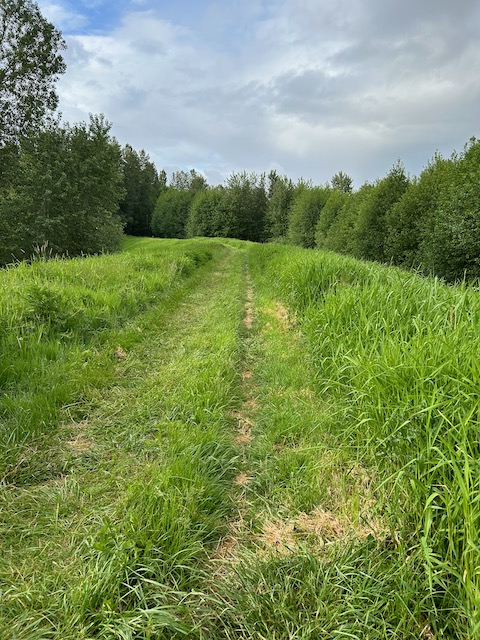
It had been years since I’d seen either one of these birds and, well, I was missing them. Lucky me, eBird showed a spot only a mile from our hotel which had recorded both birds in the past month. I wasn’t sure what my chances of finding them might be, but after a quick bowl of oatmeal, I made my way over to Ted Reep Park. I parked in the deserted YMCA lot, despite warning signs threatening that I would be towed. After all, I was a member of the Missoula YMCA!
From the time I pulled up, the spot looked—or rather, sounded—promising. Merlin’s Sound ID immediately picked up White-crowned Sparrow, Black-headed Grosbeak, Warbling Vireo, Song Sparrow, Yellow Warbler, and more, and I soon started seeing some of these birds.
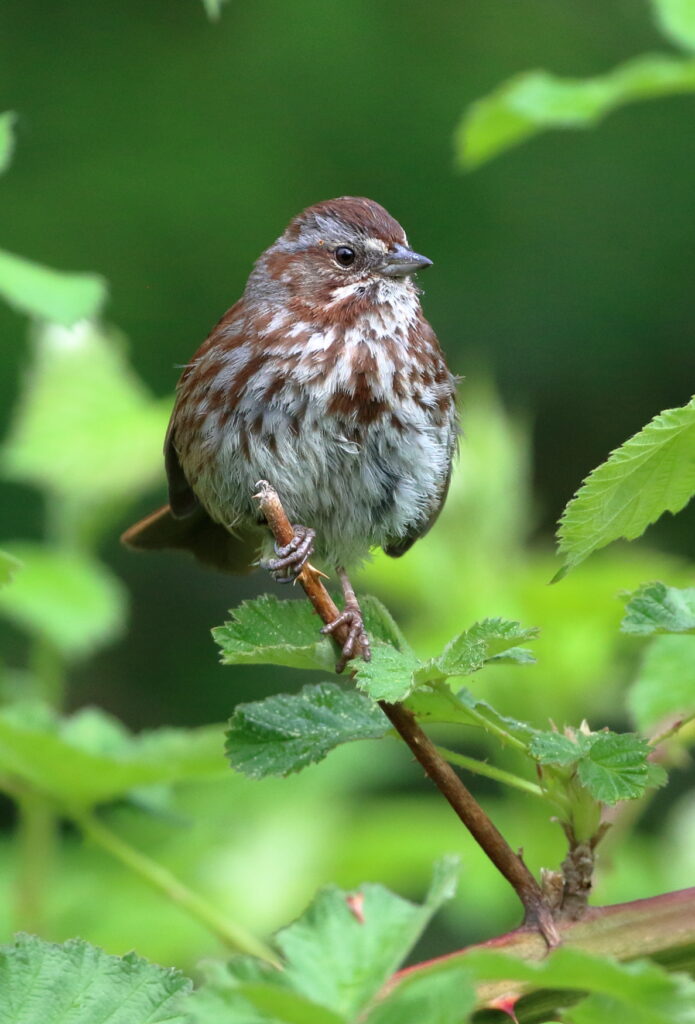
This was thick riparian habitat, however, where visuals were hard to come by and most birding was by ear—not ideal for someone like myself with hearing disabilities and a brain that had trouble remembering bird vocalizations. My new hearing aids were a vast improvement over my old ones, though, and with the help of Sound ID I began teasing out most of the species around me. Then, I heard something that got me really excited: a stuttering drumming sound, like a car having trouble starting up! A sapsucker! But which one?
A quick look at my Sibley app told me that Red-breasted was the only sapsucker remotely likely to be in this area, so I plunged into the woods, following the trail toward the stutter-step drumming. Predictably, the trail grew more and more sketchy, and I soon found myself crawling under and over logs that had fallen across the path. Nevertheless, after five minutes, I found myself standing directly beneath the sapsucker drumming.
There were at least two sapsuckers—but probably three or four—and it became evident that they were dueling, perhaps over territories or mates. But darn it, try as I might, I could not spot any of them against the backlit tree trunks and branches! Just as frustrating, the birds kept moving around, so like a Keystone Cop I chased the birds up and down the trail. Finally, I despaired of getting a look at any of them, but by now I at least was confident that these were indeed Red-breasted Sapsuckers. And wouldn’t you know, as soon as I decided that, two of the birds chased each other right by me, their red heads clearly visible even in the dark forest!
Happy, I bushwhacked through raspberry vines and a swath of chest-high grass until I ran into another trail that led me back toward my car. I still hadn’t seen a Black-throated Gray Warbler, and didn’t find one on the hike back, but I was delighted to have discovered such a wonderful birding spot. It again reaffirmed how important it is to protect natural habitats for animals and people. Bravo Washington for protecting places like Ted Reep Park!
Washington Wedding Trip Report!
